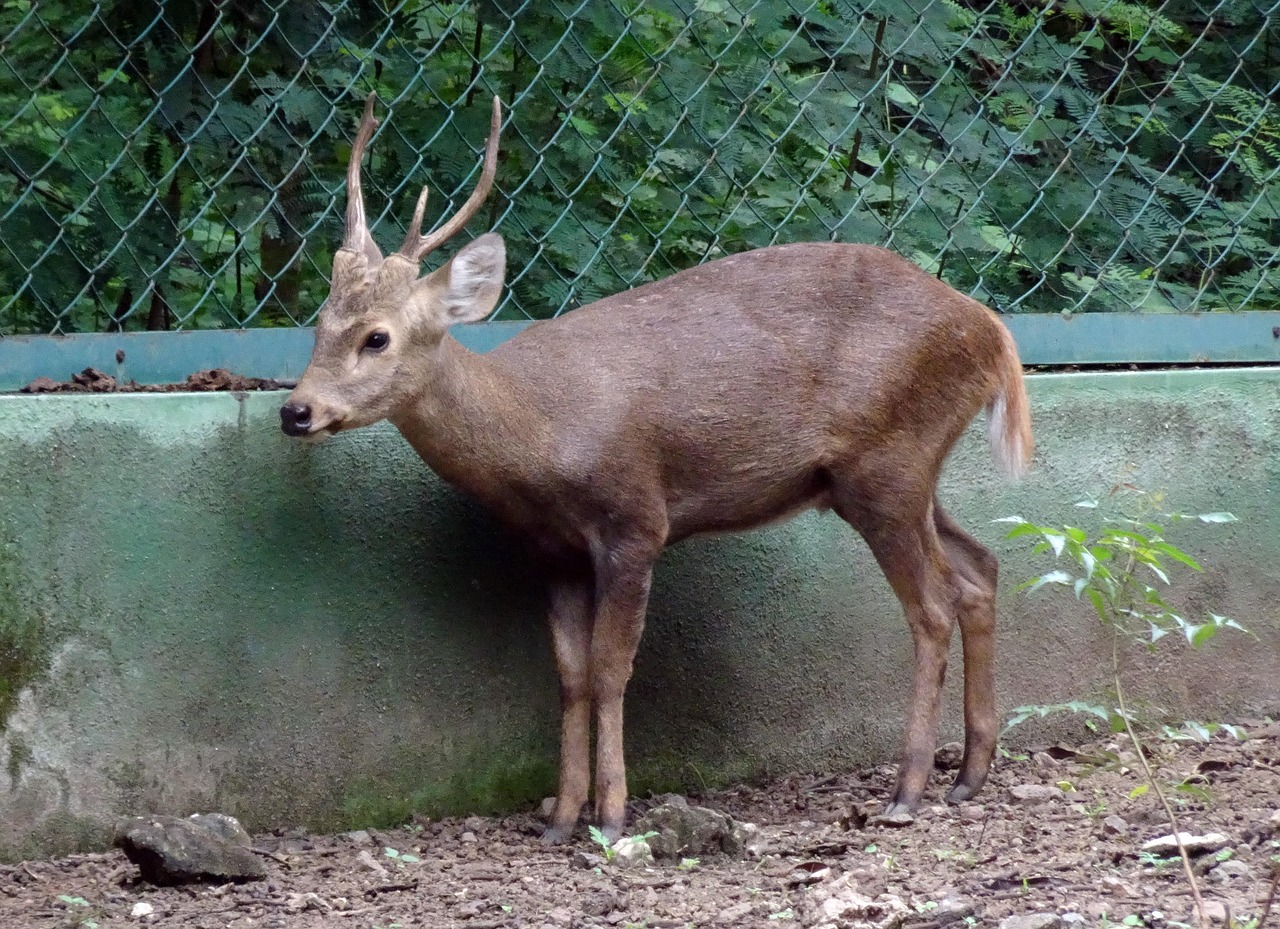Urban Wildlife Corridors: Designing Cities for Animal Movement
Imagine a city where wildlife and humans coexist seamlessly, where green pathways wind through concrete jungles, and animals move safely across bustling urban landscapes. Urban wildlife corridors are transforming city planning, creating lifelines for biodiversity and bringing nature closer to home. Discover how these innovative designs are changing city living for both animals and people.

From Fragmentation to Connection: The History of Urban Wildlife Corridors
The idea of wildlife corridors first emerged in the 1970s, rooted in the recognition that human expansion was fragmenting natural habitats and threatening animal populations. In rural environments, corridors connected forests or grasslands, allowing animals to migrate, breed, and find resources. As cities grew, the fragmentation became even more pronounced, with roads, buildings, and fences creating dangerous barriers for wildlife.
Early urban wildlife corridors were limited to parks and riversides, but as ecological awareness increased, planners began to see the city itself as a potential network. By the late 1990s, pilot projects in Europe and North America tested green bridges and underpasses for animals, primarily to aid large mammals crossing highways. Over time, the concept evolved beyond just transportation solutions, expanding into urban design strategies that weave natural habitats throughout the entire city.
Modern Momentum: News and Innovations in Urban Corridors
In recent years, urban wildlife corridors have gained significant traction worldwide. In 2023, Singapore unveiled an ambitious plan to link its green spaces using a web of elevated walkways and vegetated overpasses, allowing species such as pangolins and colugos to move safely. Los Angeles broke ground on the Wallis Annenberg Wildlife Crossing, a $90 million project designed to help mountain lions and other animals traverse the busy 101 Freeway, the largest urban wildlife bridge in the world.
Cities in Europe, such as Amsterdam and Berlin, have integrated green roofs, vertical gardens, and tree-lined boulevards as part of their corridor networks. Meanwhile, Brisbane’s Koala Movement Corridor is protecting one of Australia’s most iconic species as urban development intensifies. These projects are not only gaining media attention but are also inspiring architects, city planners, and citizens to rethink the relationship between nature and urban life.
The Science Behind Corridors: Why Connectivity Matters
Research shows that habitat fragmentation is one of the leading causes of species decline in urban environments. Wildlife corridors address this by providing safe passage between isolated habitats, enabling gene flow, reducing roadkill, and improving animal health. Studies have found that corridors increase biodiversity, allowing pollinators, birds, reptiles, and mammals to thrive even within densely populated cities.
Beyond direct benefits to wildlife, corridors offer ecosystem services for humans as well. They improve air quality, reduce urban heat, and support mental well-being by bringing nature into daily life. Planners now use advanced mapping tools and animal tracking technology to design corridors that align with natural movement patterns, ensuring maximum effectiveness.
The Economics and Market Impact of Corridors
Building urban wildlife corridors involves significant investment, but the long-term economic benefits are substantial. Green infrastructure can raise property values by up to 15 percent in adjacent neighborhoods, as seen in projects in Toronto and Chicago. The cost of constructing wildlife overpasses ranges from $500,000 to $10 million, depending on size and complexity, with the Wallis Annenberg bridge representing the high end of the spectrum.
Municipalities increasingly recognize that the return on investment includes reduced maintenance costs for stormwater systems, lower healthcare expenses due to cleaner air, and increased tourism revenue. Green corridors also stimulate local economies by creating jobs in landscaping, horticulture, and environmental monitoring. As the market for urban greening expands, companies specializing in native plant installation, eco-friendly fencing, and wildlife monitoring devices are seeing rising demand.
Challenges and Controversies: Navigating Urban Realities
Despite the clear benefits, implementing urban wildlife corridors is not without obstacles. Land acquisition, zoning regulations, and conflicting interests between developers and conservationists can slow progress. Some residents fear that increased wildlife presence may bring unwanted encounters or property damage, particularly with species like coyotes or deer.
Maintenance poses another challenge, as invasive species and litter can degrade corridor quality. Successful projects require ongoing community engagement and education to foster coexistence. Moreover, climate change adds unpredictability, altering migration patterns and habitat suitability, which demands adaptive management strategies.
Inspiring a Greener Future: How to Get Involved
Individuals and communities play a crucial role in the success of urban wildlife corridors. Homeowners can contribute by planting native species, reducing pesticide use, and supporting local corridor initiatives. Schools and businesses are partnering with conservation groups to create pocket habitats and citizen science projects, fostering a culture of stewardship.
City planners are increasingly soliciting public input during corridor design, recognizing that local knowledge enhances project outcomes. As awareness grows, urban wildlife corridors are becoming symbols of resilience, adaptability, and hope—demonstrating that cities can be havens for both people and the animals that share our world.
Cities as Living Ecosystems
Urban wildlife corridors represent a bold reimagining of city life, one where concrete and nature are not adversaries but collaborators. By investing in connectivity, cities can reverse decades of habitat loss and create vibrant, biodiverse environments. With innovative design, community engagement, and continued research, urban wildlife corridors are paving the way for a future where cities pulse with the rhythms of the wild, reminding us that nature’s presence is never far from home.




